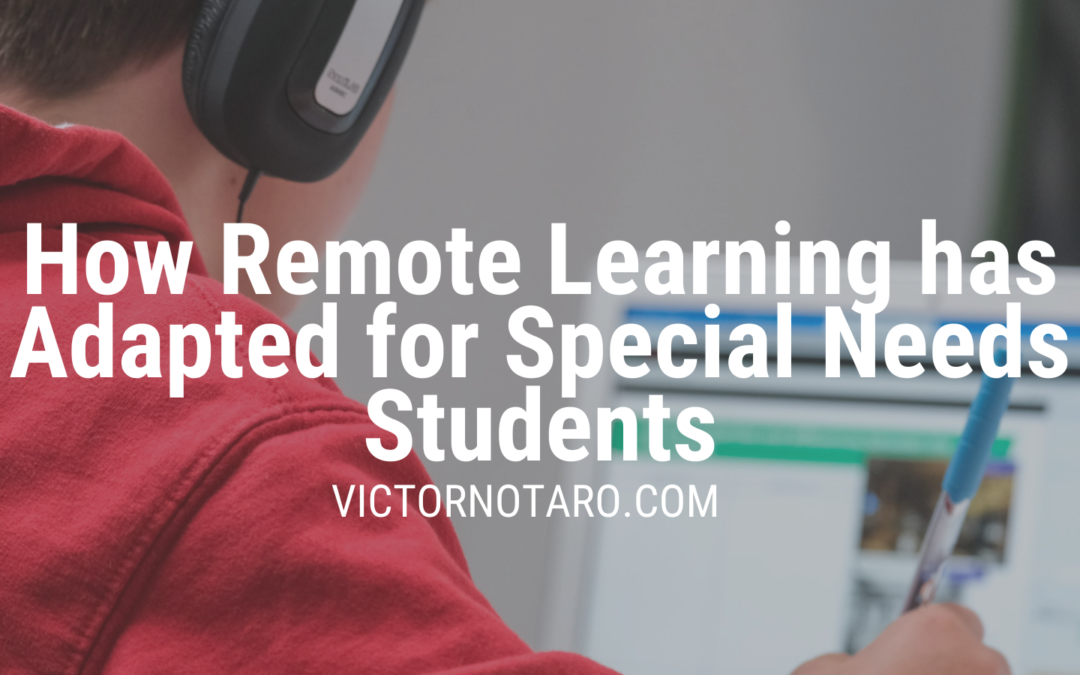In today’s digital age, learning doesn’t have to be limited by a classroom. Many students benefit from the flexibility that comes with remote learning, which has created new avenues for people with special needs. Whether you’re a student or a teacher looking to explore this option, here are four ways remote learning can help special needs students learn and succeed.
1) Flexible Scheduling
In a traditional school setting, students are expected to show up at one specific place and time each day. But what if they have an appointment scheduled during that time? Or do their friends want them to hang out after class? With remote learning, the days of showing up for a set number of hours every single week is over – students can log in at any time that’s most convenient for them.
This also means they’re not restricted to a specific number of days per week – students who live with chronic conditions or illnesses may need more rest but still want to maintain their learning routine. With remote education options like Varsity Tutors, these students can take the courses they need without worrying about missing a beat.
2) Flexible Location
Remote education isn’t limited to the home or a specific location, either. Students can log into their lessons from anywhere with an internet connection—at home with family, in another room of the house (like their bedroom), on vacation at the beach, or even attending college across town. Even students who need to be in the hospital regularly can take advantage of remote education – they might not have access to a computer at home. Still, even if their room has internet capabilities, it’s often easier for them to focus somewhere else.
3) Flexible Equipment
The equipment needed to take a remote learning course is minimal – all you need is access to a computer with an internet connection. But even this can be limiting if students have physical disabilities that prevent them from using the mouse or keyboard easily. In these cases, tools like speech recognition software and alternative keyboards are key for ensuring that students can still participate in their lessons, no matter what’s keeping them from using the standard equipment.
4) Flexible Expectations
The truth is, many students could benefit from remote learning – but their parents or teachers might not necessarily know why. That’s where tools like Varsity Tutors’ Learning Paths come in handy – they allow instructors to customize lesson plans for each student based on their individual needs and goals. Students can then track their progress and see how they’re doing without worrying that they’ll fall behind because of a physical disability or illness.

